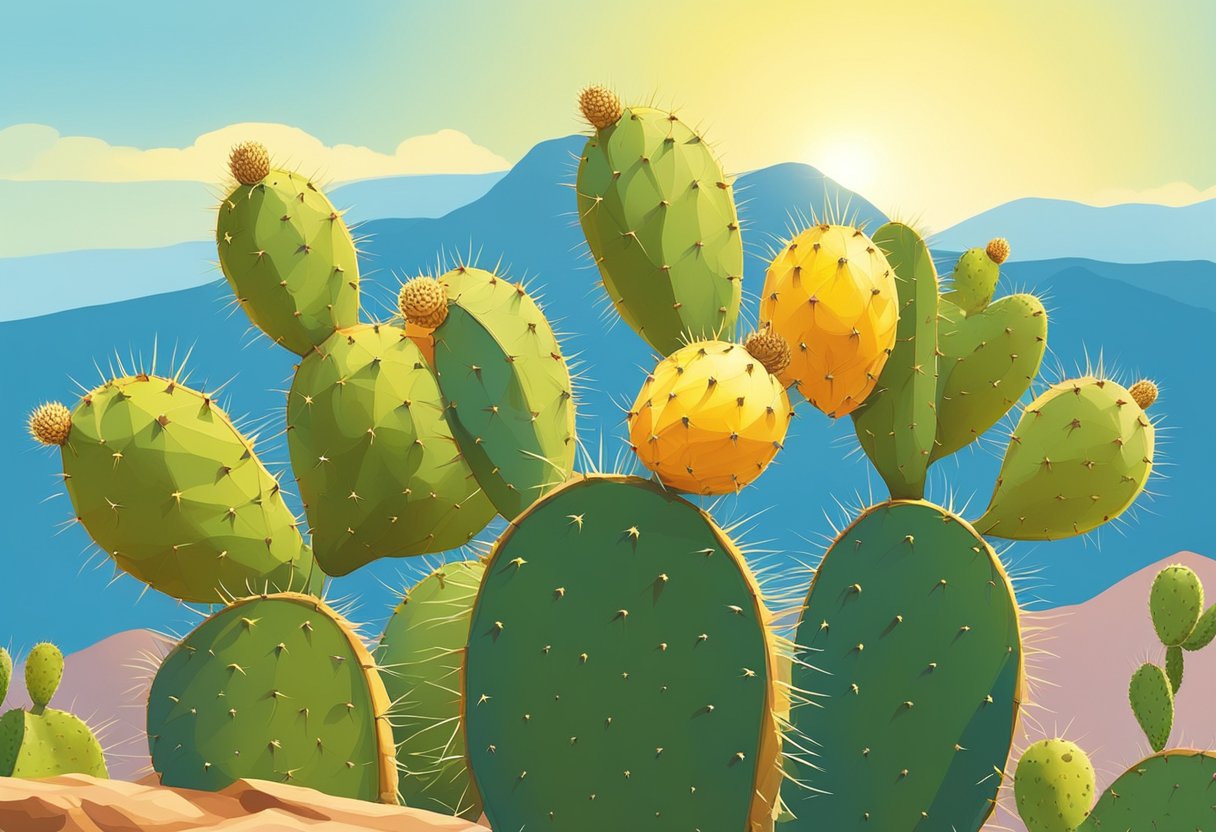Prickly pear, also known as Opuntia, is more than just a resilient cactus boasting vivid colors and intriguing shapes. It is a captivating specimen that has etched itself into culinary traditions, healing practices, and cultural narratives across myriad societies. The optimal moment for harvesting prickly pear fruits is pivotal, as it unveils the full glory of their flavor profile and nutritional benefits. Understanding when to pick these succulent gems transforms the typical gathering experience into an exploration of nature’s timing and the remarkable biology of the cactus.
The allure of prickly pear lies not only in its striking aesthetics but also in the nuanced flavors and health attributes that await those who harvest it at the right time. While the visual splendor of the bright magenta fruits is certainly captivating, the distinction between a fruit that is merely ripe and one that is perfectly luscious can often be subtle. Here, we delve into the definitive signs of ripe prickly pear, uncovering the layers of insight that can enhance the harvesting experience.
Recognizing Prickly Pear Ripeness: Visual and Textural Cues
At first glance, prickly pears can appear deceptively similar regardless of their ripeness. However, meticulous attention to details can reveal much about the fruit’s condition. One of the primary indicators of ripeness is the color of the fruit. As the prickly pear matures, it transitions from a vivid green to hot pink, yellow, or even a deep red, depending on the variety. The ideal coloration is often complemented by a lustrous sheen, signaling an optimal sugar content that will yield the best taste.
Another critical factor to observe is the texture of the skin. Ripe prickly pear is generally plump and slightly yielding when pressed gently. If the fruit feels hard, it is likely still immature, holding back its full flavor profile and juiciness. Conversely, if the skin is overly soft or mushy, the fruit may have surpassed its peak, leading to an unpleasant taste experience and compromised texture.
Additionally, the presence of small, hair-like spines known as glochids is an important aspect to consider. While these spines can be daunting, they are most prominent when the fruit is unripe and starting to develop. As the prickly pear matures, these spines may loosen, indicating the readiness of the fruit for harvest. This remarkable adaptation impresses those who seek it, making the harvest an exercise in awareness and nuance.
Understanding the Lifecycle of Prickly Pear: The Role of Seasons
The lifecycle of prickly pear is inherently tied to the seasons, underscoring the importance of context in determining harvest timings. Generally, prickly pears bloom in the late spring and early summer, with fruit setting in mid-summer. As the summer progresses, the fruits develop their characteristic colors and flavors, typically reaching peak ripeness in early to late fall. However, these timings can fluctuate based on geographical location, climate, and specific variety. Thus, one must develop a keen sense of local seasons and weather patterns to ascertain the best harvest windows.
Furthermore, factors such as soil quality, precipitation, and temperature play crucial roles in ripening. In regions where summers are hot and dry, fruits may mature more quickly, whereas cooler areas may prolong the ripening process. An astute observer may notice that frequent rain can also enhance sugar concentrations, creating a juxtaposition of flavors—an area for exploration for those involved in culinary experimentation or agricultural practices.
Harvesting Techniques: Ensuring Quality and Safety
Once the optimal ripeness of prickly pear is established, the next step is harvesting. This phase necessitates careful handling to preserve the integrity of the fruit. Using gloves is essential not only to protect one’s hands from the irritating glochids but also to maintain the fruit’s unblemished appearance. A gentle twist and pull technique is recommended; this method minimizes the risk of damage, allowing for clean separation from the cactus pads.
Harvesting in the early morning or late afternoon can also be beneficial. These cooler times of day reduce the likelihood of overheating, which could alter the sugar content and flavor of the fruit. Collecting prickly pears by hand creates a balance between respect for the plant and the yield of nature’s bounty.
Beyond the Harvest: Culinary and Medicinal Applications
Once harvested, prickly pear offers a multitude of culinary and medicinal applications. The flesh of the fruit is commonly utilized in a variety of dishes, from salads to jams, and even in beverages. The striking color and gelatinous texture of the fruit can elevate culinary presentations, creating an engaging experience for chefs and home cooks alike. Nutritionally, prickly pear is rich in vitamins, antioxidants, and dietary fiber, making it a beneficial addition to any diet.
In addition to its culinary uses, prickly pear possesses a plethora of medicinal properties. Historically, it has been used to treat various ailments, including diabetes and digestive issues. The high fiber content aids in digestion, while potential anti-inflammatory compounds provide additional health benefits. Research into these properties continues to unveil more about the profound impact of prickly pear on health and wellness.
In conclusion, understanding the optimal timing for the harvest of prickly pear is a multi-faceted endeavor that transcends mere fruit gathering. Recognizing the visual and textural cues, considering seasonal factors, employing safe harvesting techniques, and appreciating the diverse applications of the prickly pear not only enhances one’s experience but deepens the relationship between humans and nature. The journey from the cactus to the table embodies a horticultural passion that fosters curiosity and inspires exploration in culinary and health domains.





Leave a Comment